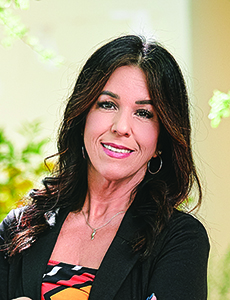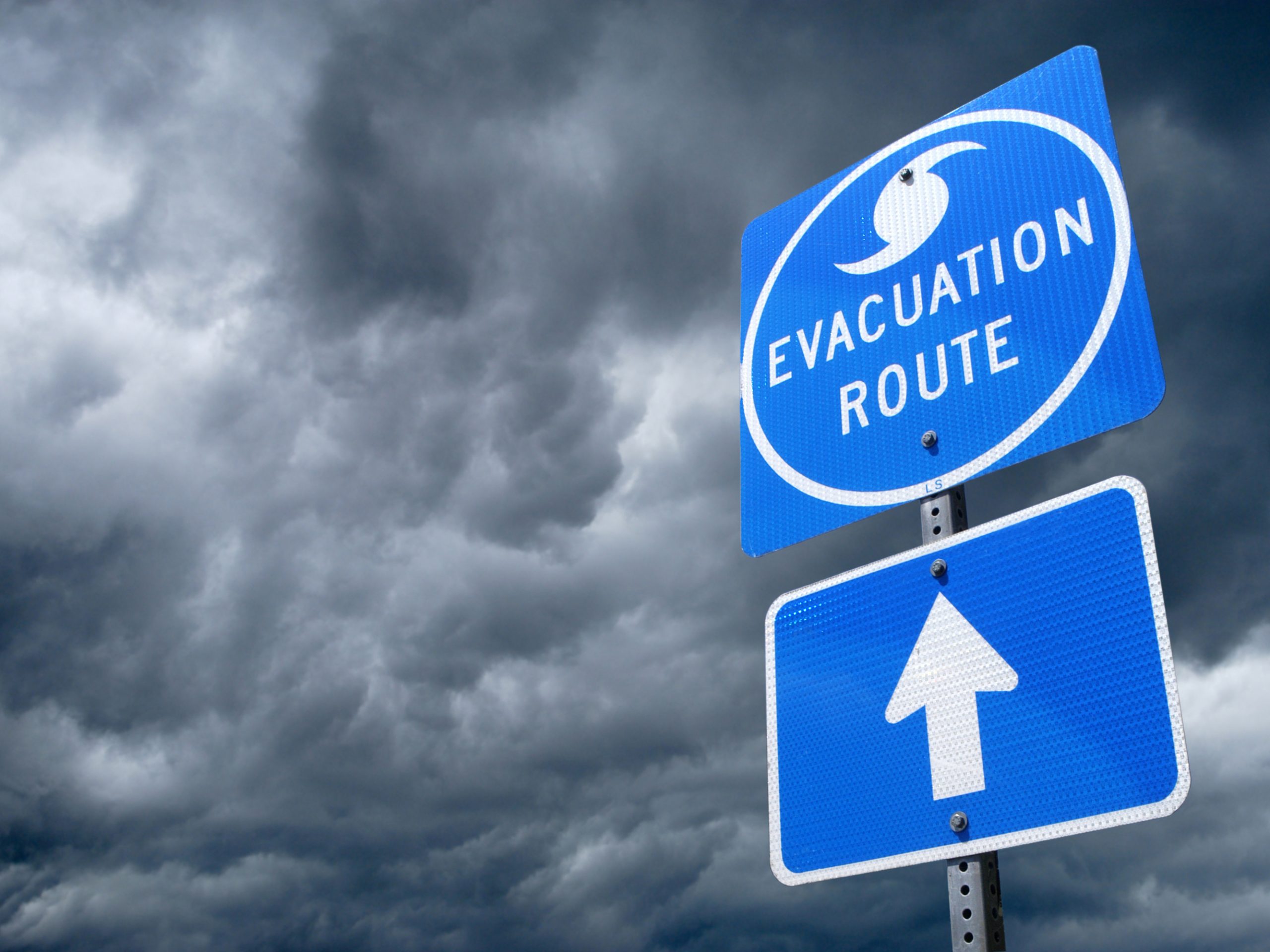Workers’ Compensation Excellence Is No Surprise for This Arizona City

There’s something about a city named Surprise that just brings a smile. And across Surprise, the 10th largest city in Arizona, there’s also something about the City’s workers’ comp and injury prevention programs that brings smiles to both its workforce and the folks crunching its numbers.
For the past several years, the City’s risk management team has solidified an infrastructure and a culture that allows it to drive continuous sharp improvements in injury reduction, provide second-to-none medical care for every injured worker, keep injured employees working at full salary and boost employee morale.
Along the way, the City grew its workforce, its ranks swelling from 721 employees in 2014 to 1,257 only five years later. Despite that fact, it also saved a pile of money.
For 2017 and 2018, the average cost of their annual program plummeted to $250,000 per year — for a program that previously cost $1.5 million a year. A remarkable result for a public entity, where every dollar saved matters and where every dollar spent is public knowledge. It’s also remarkable to see that kind of savings for a program that covers high-risk job classifications in fire and medical, police, streets maintenance and more. For these achievements and more, the City of Surprise has been named a winner of the 2019 Theodore Roosevelt Workers’ Compensation & Disability Management Award.
Surprise, which has transitioned to a self-insured, self-administered model as part of its overall strategy, has implemented a number of uncommon programs. Once the municipality transitioned to a self-administered model, it sought the input of employers, vendors and previously injured employees to identify superior medical providers known for unparalleled care and superior outcomes. It approached those providers one-by-one and proposed discounted cash-pay rates in exchange for prompt payment, as opposed to traditional long waits for carrier reimbursement.
Across departments, the City has also fostered a mindset of absolute flexibility on return to work. There’s virtually no restriction that the City can’t find a way to accommodate, even if that means no walking or lifting. Department leaders approach light-duty jobs from the standpoint of “what could someone else use help with?”
That allows the City to keep injured workers at full pay, and no matter what the task assigned, the worker is providing meaningful support to a coworker or team.
“When you’re up and you’re getting ready and you have a purpose in your day … that puts a genuineness in what we’re doing,” said Michelle Casciato, claims adjuster and safety analyst for Surprise. “I’m keeping you moving forward. I want that positive momentum going. We’re going to get creative and keep you moving.”
But what makes the City of Surprise a Teddy Award winner isn’t just the specifics of its programs. It’s the mindset and culture that the risk team has nurtured across the organization. While some entities stagnate in a “that’s the way we’ve always done it” rut, Surprise encourages leaders to move in the opposite direction, asking, “What haven’t we tried before?”
On one level, that means being willing to look for inspiration everywhere. Brett Jeziorski, the City’s senior workers’ compensation adjuster, noted that the City’s unique cash-pay arrangement with providers was inspired by a personal experience of the city’s former risk manager Brian Carmichael. Jeziorski said that Carmichael learned his copay with insurance was far more than he would pay without insurance, prompting him to ponder how that could apply to the city’s program.
For Casciato, inspiration for the City’s safety efforts sometimes comes from regular meetings with leaders from surrounding cities, as part of the AGSA, or Arizona Governmental Safety Association. AGSA members meet every other month to exchange ideas and seek solutions to problems.
“It’s a safe environment where we can just bounce a lot of safety things off of each other. And I take that back and I find ways to get really creative and implement new processes here in our city.”
Buy-in Before Anything Else
Both Jeziorski and Casciato agree that the real driving force behind Surprise’s success is the City’s employee population and the trust and buy-in that risk management has worked hard to cultivate.
“Without the employee buy-in, I don’t think that we would have the success with the program that we do have,” said Jeziorski.
“It was hard at first,” Casciato admitted. But she got out in the field and she talked to them. And she got them talking to her. She told stories and she listened to theirs. She made sure they saw her as a fellow employee with their best interests at heart.
“I’ve got my tennis shoes on and I throw on a vest — I’m out in the streets or I’m in a garbage truck and I’m riding — because I want to know what I can’t know from behind a desk … what drives your day?”
The risk team strives for transparency, pulling the shroud of mystery off of workers’ compensation and making sure all employees understand how the wheels turn. As a self-insured entity, the City explains the funds of workers’ compensation as “[funds] that we have an organization” and explains how savings can impact everything from equipment upgrades to employee raises.
This helps every employee understand that they have a stake in both the prevention of injuries, and the outcomes of the injuries that do occur.
That level of trust and mutual respect also helps ensure workers are paying attention when Casciato does safety training for various departments. But she always looks for a way to add a sweetener … sometimes literally.
For a discussion about dangerous Africanized honey bees, Casciato brought in honey just to help make the message more memorable.
For a training session with outdoor workers on heat-related injuries, she invited a vendor to come out and provide samples of electrolyte-infused sports drinks while she discussed the importance of staying hydrated.
“I like to jazz it up. I make it fun. I always have a fun story to tell,” she said. But her real message behind the fun is as serious as it is personal.
“What I always say is, ‘You are someone to somebody and that’s important to me. You’re not a number; you’re not a claimant. You’re a human being. I treat you as such and the program treats you as such.’
“I want to make sure that you go home safe and sound, and that if you’re injured … I want you to get back to being with your friends, your family and loved ones and to come back to doing what you love to do, and that means a lot to them.”
The kind of trust that the city’s risk management team has built is an intangible and tough to measure, but companies would do well not to discount its importance.
Jeziorski makes an important point — that in some ways, every company is digging out of a reputational deficit created by public perceptions about workers’ comp — perceptions formed because of the historically adversarial nature of workers’ comp, paired with anti-corporate culture that assumes all companies put profit before people.
“When most employees think of workers’ comp, there’s usually a negative bias that is based on what they read on the Internet, what they’ve heard from someone they know or from a previous personal experience,” he said. “We set out to change those perceptions with our program.”
That high level of trust also means that employees know who to call if they have questions or concerns after an injury.
“Our program created an open door and a circle of trust for our employees. They know that they can come to us first with their questions and we’ll give them honest, straight-forward answers and get them moving through the process,” said Jeziorski.
Jeziorski also adds a reminder that trust is a two-way street.
“We trust the employee to actively participate in their own recovery. A component of our program is educating the employee on what they should expect during their treatment, it helps them to understand there is a process. They can rely on us to stay along their side and coach them throughout the time it takes to recover.
“There are a lot of working components to every single claim, and no two claims are alike.”
And with that mindset when working with employees and processing claims, the Surprise risk management team has taken the formality out of workers’ compensation and made it more individualized and personalized for each employee.
“The more we worked the program and built the culture of safety and trust, the easier it was to get our employees to come to us so we could help them with their claims,” said Jeziorski. Ultimately, we want our employees to have a great experience; to change their focus from being injured and change their perception of workers’ compensation. &












